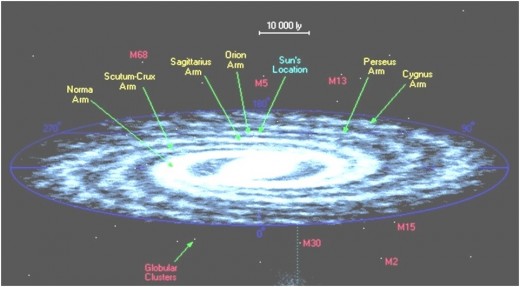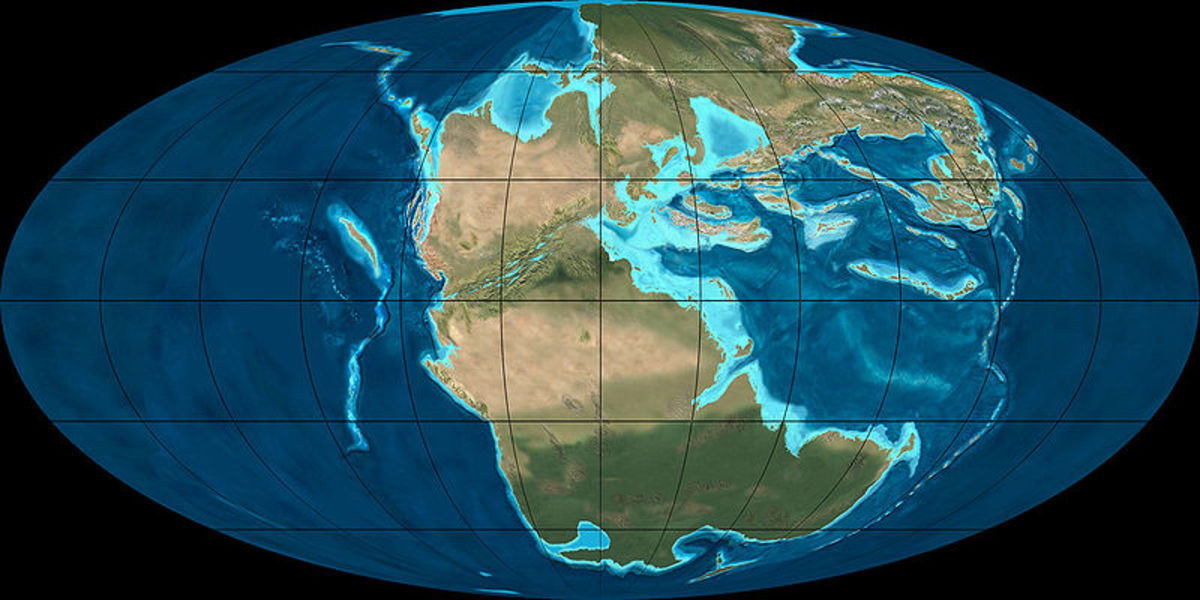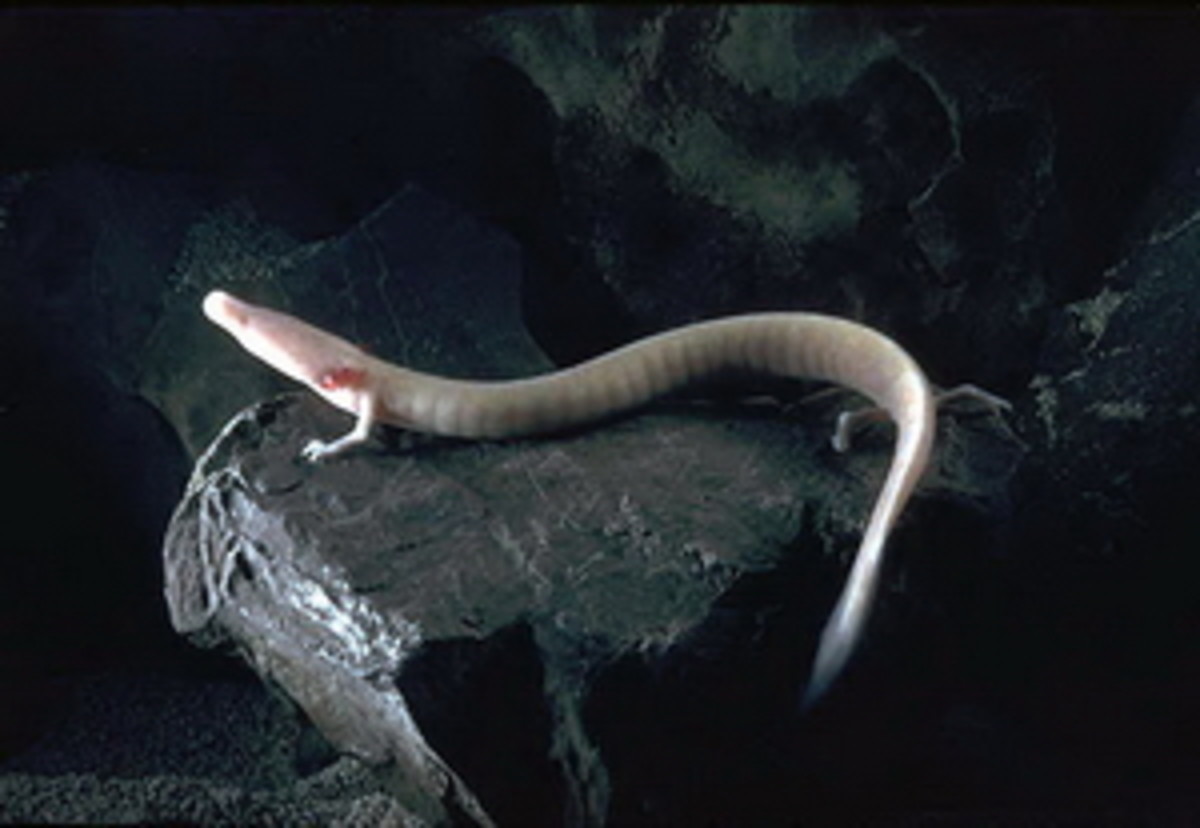- HubPages»
- Education and Science»
- Life Sciences»
- Endangered Species
On the Finale of Species
Darwin’s On the Origin of Species was published in 1859. Its impact on the understanding of the origin of human beings on Earth is far reaching. Its scientific theory of evolution suggested that life on Earth evolves through a process of natural selection and survival of the fittest . Based on the evidences observed and studied in nature , the advance in Biology , and the archeological findings over times, a clear picture of how human beings come into existence today presents itself that can be summarized in the following paragraphs.
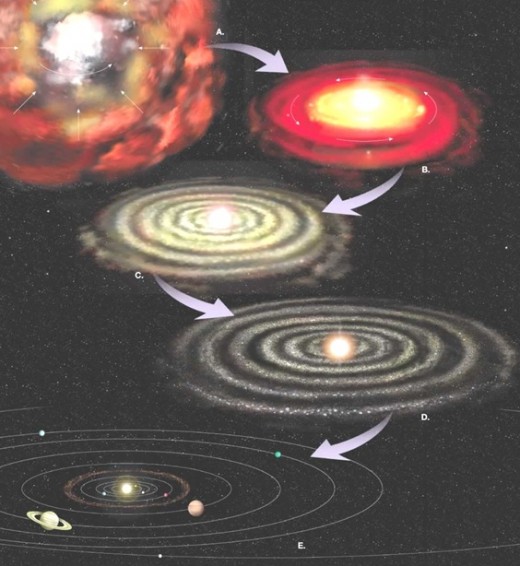
When
1) Around 4.5 billion years ago, Earth was formed in our Solar System . Living things on Earth are enormously complex that did not leap fully-formed from the beginning.
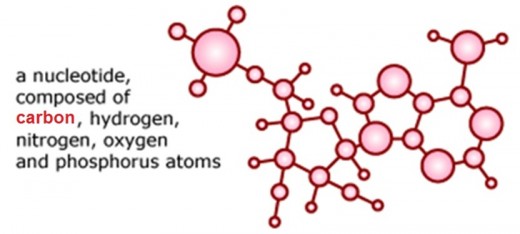
2) Around 3.5 billion years ago, life originated in a series of small steps, each building upon the complexity that evolved previously. Simple organic molecules (nucleotide ) are the building blocks of life and must have been involved in its origin.
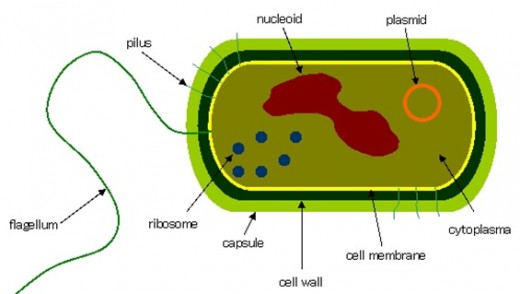
3) Around 3 billion years ago, the evolution of a membrane surrounding the genetic material kept the products of the genetic material close by and controlled the internal environment of this proto-cell. This breakthrough would have given rise to an organism much like a modern bacterium .
4) Around 2 billion years ago, some cells stopped going their separate ways after replicating and evolved specialized functions. They gave rise to Earth's first lineage of multi-cellular organisms, such as the 1.2 billion year old fossilized red algae.
5) Around 600 million years ago, the vertebrate (with internal skeleton) and invertebrate (with no backbone) animals started to proliferate in the oceans.
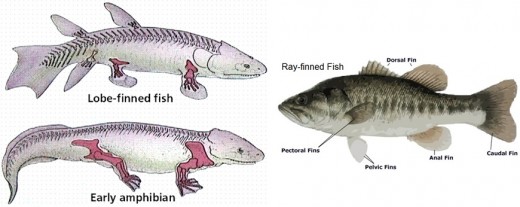
6) Around 450 million years ago, The bony fish split into their two major groups:
- The lobe-finned fish with bones in their fleshy fins eventually give rise to amphibians, reptiles, birds and mammals.
- The ray-finned fish gives rise to most fish species living today.
7) Fish to Amphibians

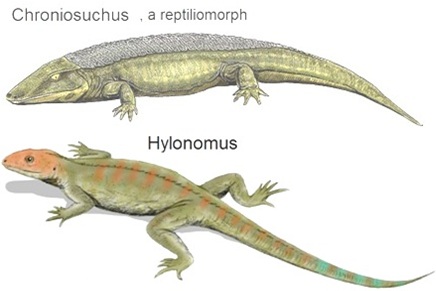
8) Amphibians to reptiles
- The earliest amphibians appear in fossils that are over 370 million years old, whereas the origin of the reptiles lies about 320-310 million years ago when the first reptiles evolved from advanced reptiliomorph.
- A series of footprints from the fossil strata of Nova Scotia, dated to 315 million years show typical reptilian toes and imprints of scales. The tracks are attributed to Hylonomus.
9) Reptiles to mammals
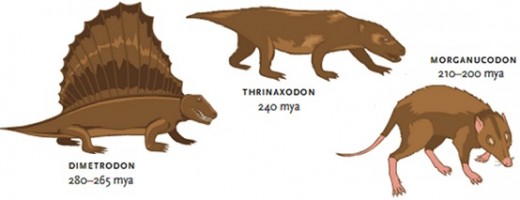
10) Reptiles to birds
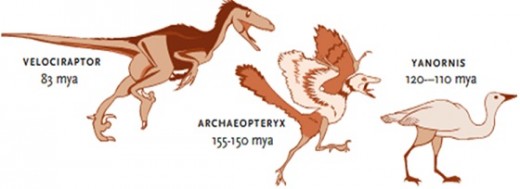
11) Land mammals to Aquatic mammals
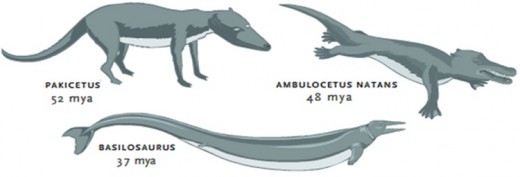
12) Quadruped primates to Bipedal primates

How
1) Experiments suggest that organic molecules (contain carbon) could have been synthesized in the atmosphere of early Earth and rained down into the oceans.
2) All living things reproduce, copying their genetic material and passing it on to their offspring. The ability to copy the molecules that encode genetic information is a key step in the origin of life - without it, life could not exist. This ability probably first evolved in the form of an RNA molecule that could copy itself.

3) In the beginning, RNA did many jobs, storing genetic information, copying itself, and performing basic metabolic functions. Self-replication opened the door for natural selection. Once a self-replicating molecule formed, some variants of these early replicators would have done a better job of copying themselves than others. Through this process of continuous natural selection, small changes in replicating molecules eventually accumulated until a stable, efficient replicating system evolved.
4) Life had probably relied on RNA for most jobs. But everything changed when some cell or group of cells evolved to use different types of molecules for different functions:
- DNA (more stable than RNA) became the genetic material.
- Proteins (more efficient promoters of chemical reactions than RNA) became responsible for metabolic reactions in the cell.
5) The evolution of a membrane surrounding the genetic material kept the products of the genetic material close by and controlled the internal environment of this proto-cell.
6) There are two types of cells, Eukaryotic and Prokaryotic cells.
- Eukaryotic cells found in organisms such as plants and animals have a nucleus.
- Prokaryotic cells only have a nuclear area.
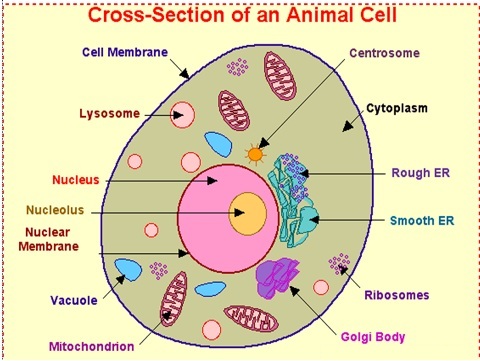
7) Nucleus controls many of the functions of the cell and contains DNA which forms chains of genetic materials called genes and organizes into chromosomes.
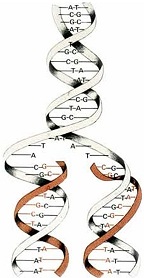
8) DNA consists of two long strands of nucleotides in the form of a double helix. Each strand serves as template for the production of the complementary strand. DNA makes copy of itself by first splitting the two strands of nucleotides apart. Then, the enzyme in the cell synthesizes the new DNA by adding nucleotides matched to the template strand. In the process, two identical DNAs are produced.
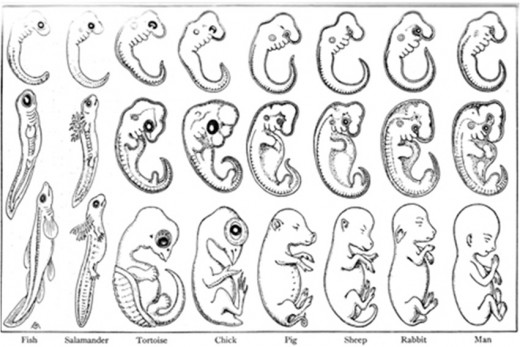
9) Human being has 46 chromosomes while the fruit fly has only 4 chromosomes. But, the genes that are involved in building both are fundamentally the same. It is readily apparent at the embryonic stage of the diverse forms of life where same sort of processes are taking place.
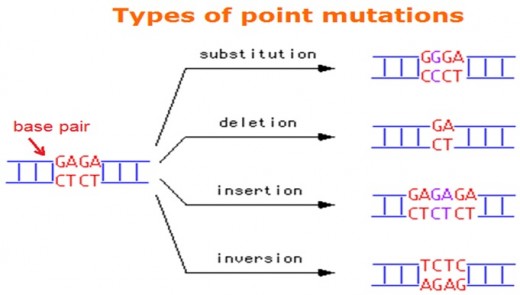
10) Mutations are heritable structural changes in DNA. Mutations can also be classified on the basis of their functional consequences into loss-of-function or gain of-function that sometimes results in the creation of a new species.

11) Mutations can have a neutral, favorable or unfavorable effect on the species, with respect to the environment and its changes. For example, the peppered moth exists in both light and dark colors in the United Kingdom. During the industrial revolution many of the trees on which the moths rested became blackened by soot, giving the dark-colored moths an advantage in hiding from predators. This gave dark-colored moths a better chance of surviving to produce dark-colored offspring, and in just a few generations the majority of the moths were dark.
Finale
Life on Earth is dictated by the random mutation and the changing environmental conditions governed by the evolutionary process. The appearance of modern humans who are no longer at the mercy of either factor alters the whole evolutionary process. Modern humans are starting to experiment and to induce changes in DNA purposefully, thus, rendering the random mutation factor obsolete. Modern humans are also predicting and mediating the effects of the environmental changes. Biological changes that take millions of years to perfect are attempted by modern humans in the laboratory. Modern humans not only understand the evolutionary process that created them but also try to seek the meaning of the existence.
After 3.5 billion years of evolution, Life on Earth is no longer:
- Survival of the fittest,
- Dictated by random mutation,
- Controlled by the environmental changes.
Modern humans learn that love, compassion, and sacrifice are more important to ensure survival as an individual as well as a species. It now appears that Life on Earth has reached its final evolutionary stage with the modern human species.
With the realization of the purpose of existence and the understanding of how life is created, the modern human species has become a master of its own destiny and is ready to embark on a journey to seek out:
- Other dimensions of existence,
- Life and resources beyond the Earth and the Milky Way,
- How the Universe came into existence,
- How the building blocks of Life and the Laws that govern life came about.
